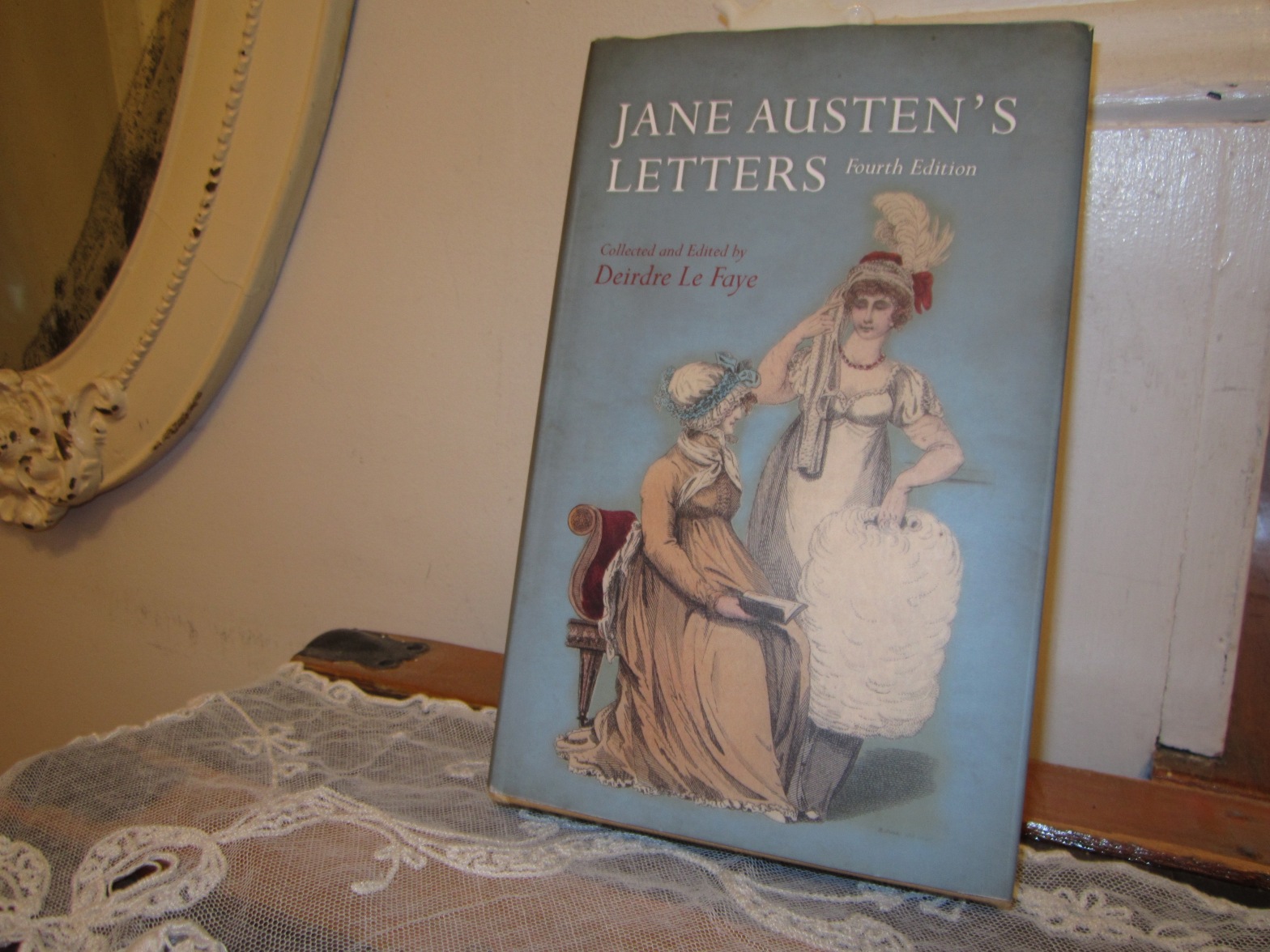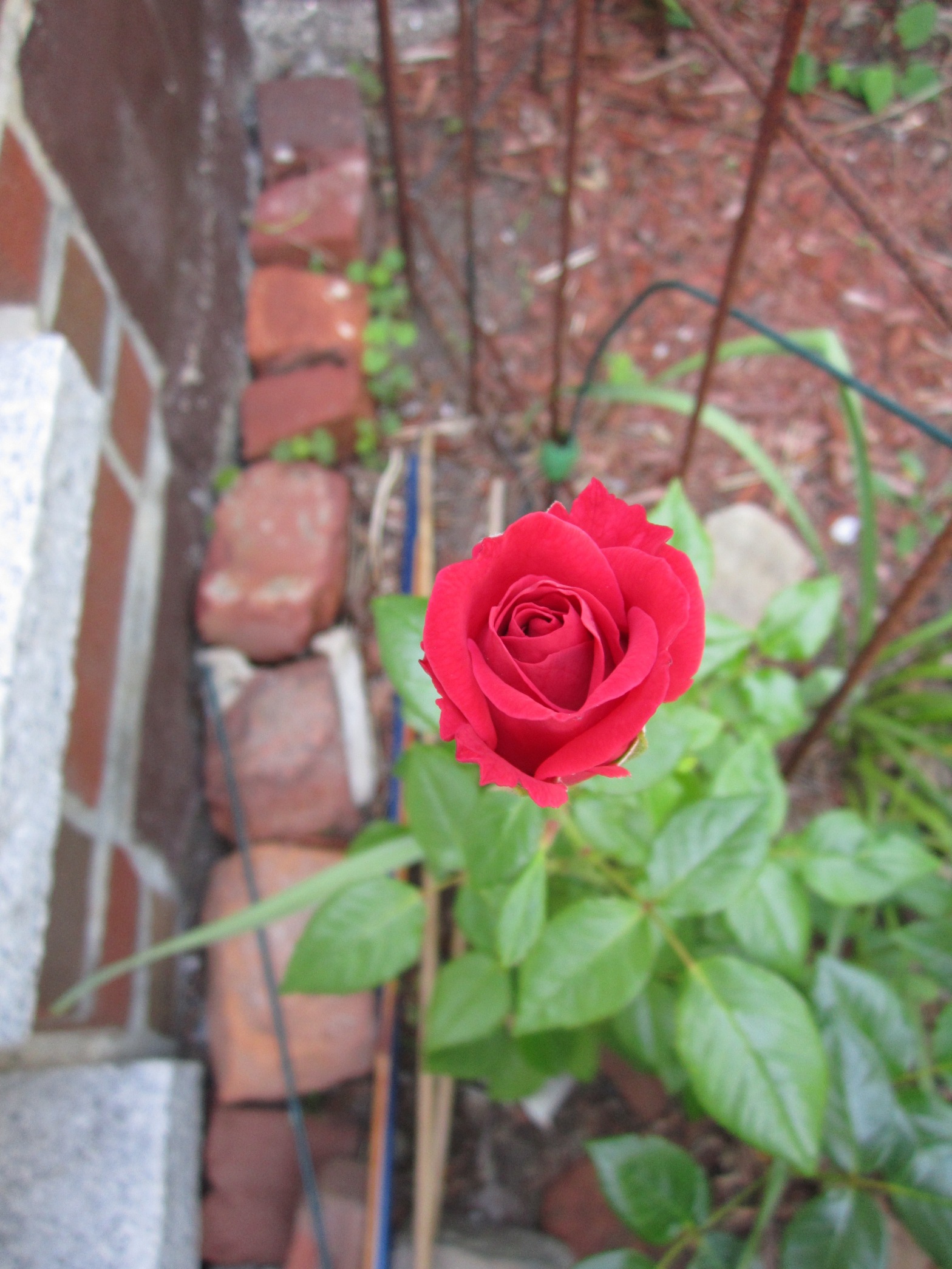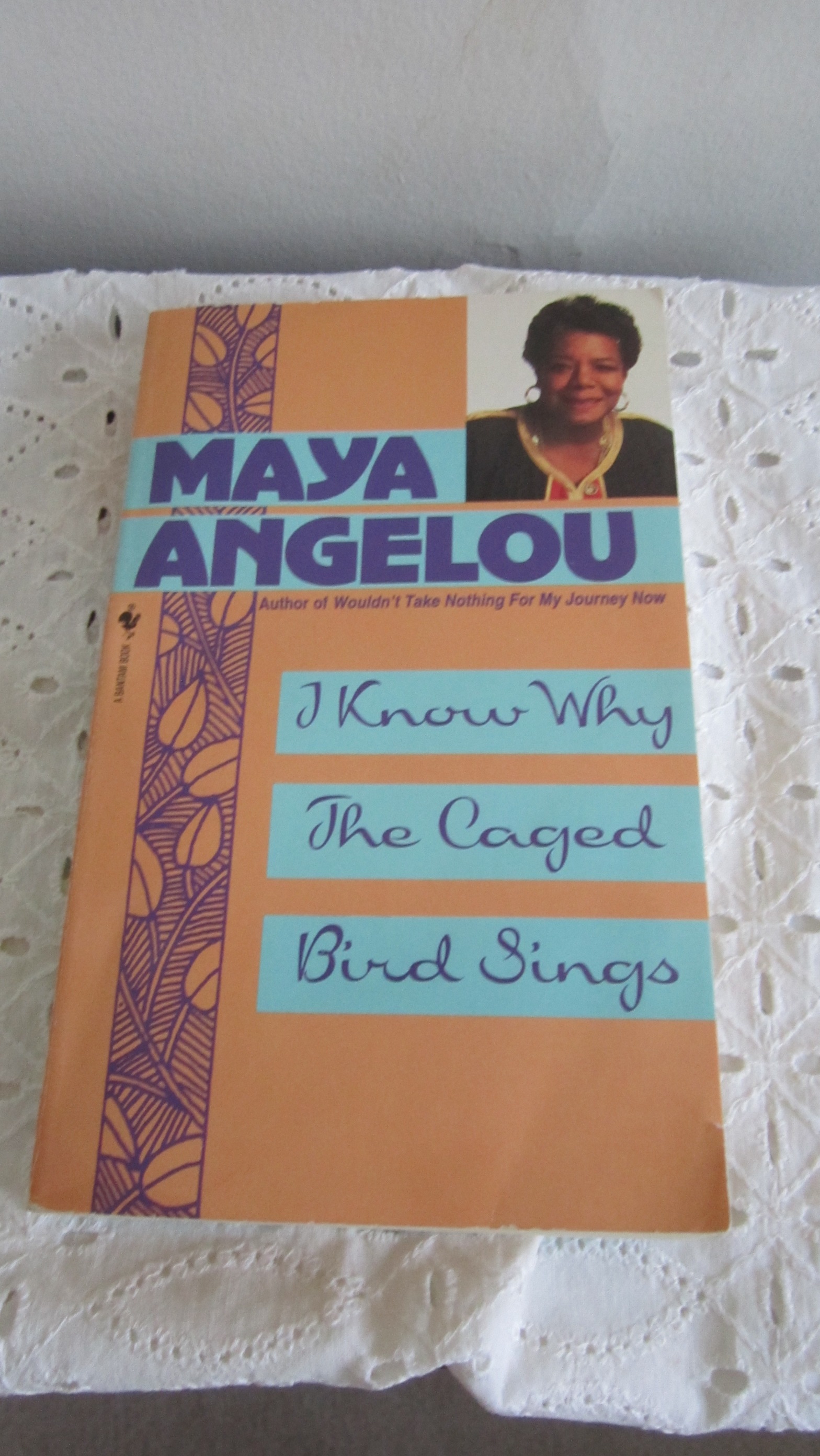In the collected letters of Jane Austen, so wonderfully researched and annotated by Deirdre Le Faye, which I have been blogging off and on; along with my other mostly literary theme essays — Austen’s letters are chiefly addressed to her older sister and confidante Cassandra Austen, although occasionally a letter to one of her brothers, or other family members or friends are included. This letter its date marked with a question mark was sent to Austen’s niece Fanny.
Here is the preface text from LeFaye: “Lines written by Jane Austen for the amusement of a Niece (afterwards Lady Knatchbull) on the arrival of Captain & Mrs Austen at Godmersham Park soon after their marriage July 1806.”
Excerpts from the Notes, also by LeFaye: “Description: Unknown, original Manuscript probably destroyed in the later nineteenth century. Provenance: Copied by Anna LeFroy into her Lefroy Manuscript, c. 1855. Publication: LeFaye, TLS, 20 Feb. 1987, p. 185.”
“The title is as given by Anna LeFroy; FWA [Francis-William Knight *aka Frank] and Mary Gibson were married at Ramsgate on Thurs. 24 July 1806 and came to Godmersham for their honeymoon on 26 July. FCK [Fanny-Catherine Knight] noted in her diary under date Tuesday, 29 July 1806: ‘I had a bit of a letter from Aunt Jane with some verses of hers.'”
The second part of LeFaye’s notes on this letter: “Anna had made a mistake in copying, being unfamiliar with local Kentish geography; it is not ‘Stamford’ but ‘Shalmford’ bridge…Shalmford bridge still exists on the road leading into Chilham.”
Okay, so unpacking here, Fanny was one of Edward’s children. Edward was adopted by the Austen’s relations the Knights and became their legal heir. Back then it was not so unusual and Edward was the recipient of their wealth including the Godmersham Park Estate and the Chasten House Estate where Jane Austen, her sister and her mother settled into a cottage on his property (not the great house).
Fanny though seems to have been a favorite of both Jane and Cassandra, in blogging the letters so far, I agree, Fanny is often mentioned fondly. Back in 2010 there was a very interesting exhibition of Jane Austen’s letters at the Morgan Library in New York — that I traveled to see with my friend Toby,* and several letters to Fanny were included — one I remember was a birthday letter verse written backwards. Here is a link to the archive for the exhibit.
https://www.themorgan.org/exhibitions/a-womans-wit
Jane Austen’s letters are incomplete, most certain are biographers that Cassandra burned a good number of them before distributing them to family members, etc. I’m unsure if it was at the Morgan’s exhibit, or from what biography, but I know I have noted that Fanny, her niece also burned some of Austen’s letters.
Why they did this remains a mystery to all. Most readers that enjoy Jane Austen lament it because we have learned a lot about her as an author and as a person in general from the letters. That being said one of the theories is that Austen’s “wicked wit” perhaps went over the line, into what today, we would call: snark. Perhaps that is why Cassandra and Fanny chose to burn certain letters because they felt her commentary on family and friends, and certain events — would just upset too many people.
It’s ironic in a way because if there was a complete set of pristine letters we would all know more solid facts and have a trusted compendium, but the “gaps” which have lead to such a vibrant literary industry around Austen probably would not exist. Not just the biographies/the biographers and their theories. But also the Jane Austen Universe, as I call it, those folks writing their own fiction to fill in those blanks — sort of their imaginary takes on her life and adventures.
Back to Fanny, this letter was a verse celebrating the marriage of Uncle Frank and his new wife and their visit to Godmersham, Fanny’s home. Again to note, many biographers have cited how Fanny was Jane’s favorite of her brother Edward’s children and of all her nieces and nephews.
However, in my reading Jane Austen at Home, Lucy Worsley takes the time to detail that as Fanny got older, there were significant changes to their relationship possibly due to social class structures and changing cultural climates: “It makes it all the more surprising, years later, that Fanny was decidedly cool about Jane, writing that horrible, snobbish letter about the aunt to whom she has once been so close. Given the warmth of Jane’s surviving letters to Fanny, this seems strange and nasty, But there are suggestions of what was to come even in the 1810’s.”
Worsley later details: “What we are seeing here is not just pure regrettable snobbery, but also a clash between generations, Jane Austen belongs to the more rowdy Georgian age, while her niece, who lived long enough to become a prim Victorian, disparages the manners of a whole generation along with her formerly beloved aunt. In addition, it shows the chasm between two branches of the family that was bridged only at the moment when Edward was plucked from his siblings and planted in the richer soil of Kent.”
Also I want to include here, Worsley’s notation of Austen’s literary influence on Fanny and another niece Anna: “And Jane’s nieces both turned out, under her influence to be writers. Fanny was an assiduous diary-keeper. Anna had more serious literary pretensions.” Worsley also documents Anna and her cousin Fanny’s relationship, with Fanny encouraging Anna to marry an older suitor, not approved of by parents, and documenting her matchmaker type efforts in her letters to her former governess Miss Sharpe (also a playwright and Austen befriended her as well). The whole thing went sideways and apparently, Jane also did documenting in her letters to Cassandra, and gave her own pithy commentary on Anna’s inability perhaps to make good suitor type choices.
Austen per Worsley also was kept in the loop of Fanny’s courting: “Jane delighted in Fanny’s letters and conversation about the progress of her love affairs, even if she too counseled caution. ‘Your mistake has been one that thousands of women fall into,’ she warned. ‘He was the first young Man who attached himself to you. That was the charm & the most powerful it is.'”
Fanny at this point, at least per Worsley; seemed to heed her Aunt Jane’s advice: “Jane was successful in her campaign to deter Fanny from marriage. Her Godmersham niece would remain single until she had reached the rather old age of twenty-seven.”
So weighing in here, I think Worsley points out a few interesting events and I’m wondering if the long term impact was adverse with Fanny. Maybe Fanny held it against Aunt Jane for this advice, maybe Fanny felt she was too cautious in following her Aunt’s advice and missed her window to marry.
Fanny did eventually marry and become Lady Knatchbull — per LeFaye’s notes the Knatchbulls and the Austens were distantly related and in 1820, she married Sir Edward Knatchbull of Mersham-le-Hatch. LeFaye details that Fanny was a second wife, and there were nine (9) children, but unclear if some were originally from his first marriage. “Their eldest son Edward (1829-93), 1880 first Lord Brabourne, edited the Letters of Jane Austen (1884) from those he found amongst his mother’s possessions.
Again, a bit ironic, that Fanny’s stepson or son, would be the editor of Austen’s letters that he found with her papers. Wondering if Fanny had a change of heart and if she originally intended to burn them all? There is no way to know.
And back to the original letter, this is verse, sent by Jane Austen to her niece Fanny, re: the marriage of Uncle Francis (*Frank) and Mary:
“See they come, post hast from Thanet,
Lovely couple, side by side;
They’ve left behind them Richard Kennet
With the parents of the Bride!
Canterbury they have passed through;
Next succeeded Shalmford-bridge;
Chilham village they came fast through;
Now they’ve mounted yonder ridge.
Down the hill they’re swift proceeding
Now they skirt the Park around;
Lo! The Cattle sweetly feeding
Scamper, startled at the sound!
Run, my Brothers, to the Pier gate!
Throw it open, very wide!
Let it not be said that we’re late
In welcoming my Uncle’s Bride!
To the house the chaise advances;
Now it stops–They’re here, they’re here!
How d’ye do, my Uncle Francis?
How does your Lady dear?
*My note/inserting Frank, & Toby not her real name. All other notes and cites are to: 1) Jane Austen’s Letters, Fourth Edition, Collected and Edited by Deirdre Le Faye, Oxford University Press, 2011 and 2) Jane Austen at Home, A biography, Lucy Worsley, St. Martin’s Griffin, 2017.



